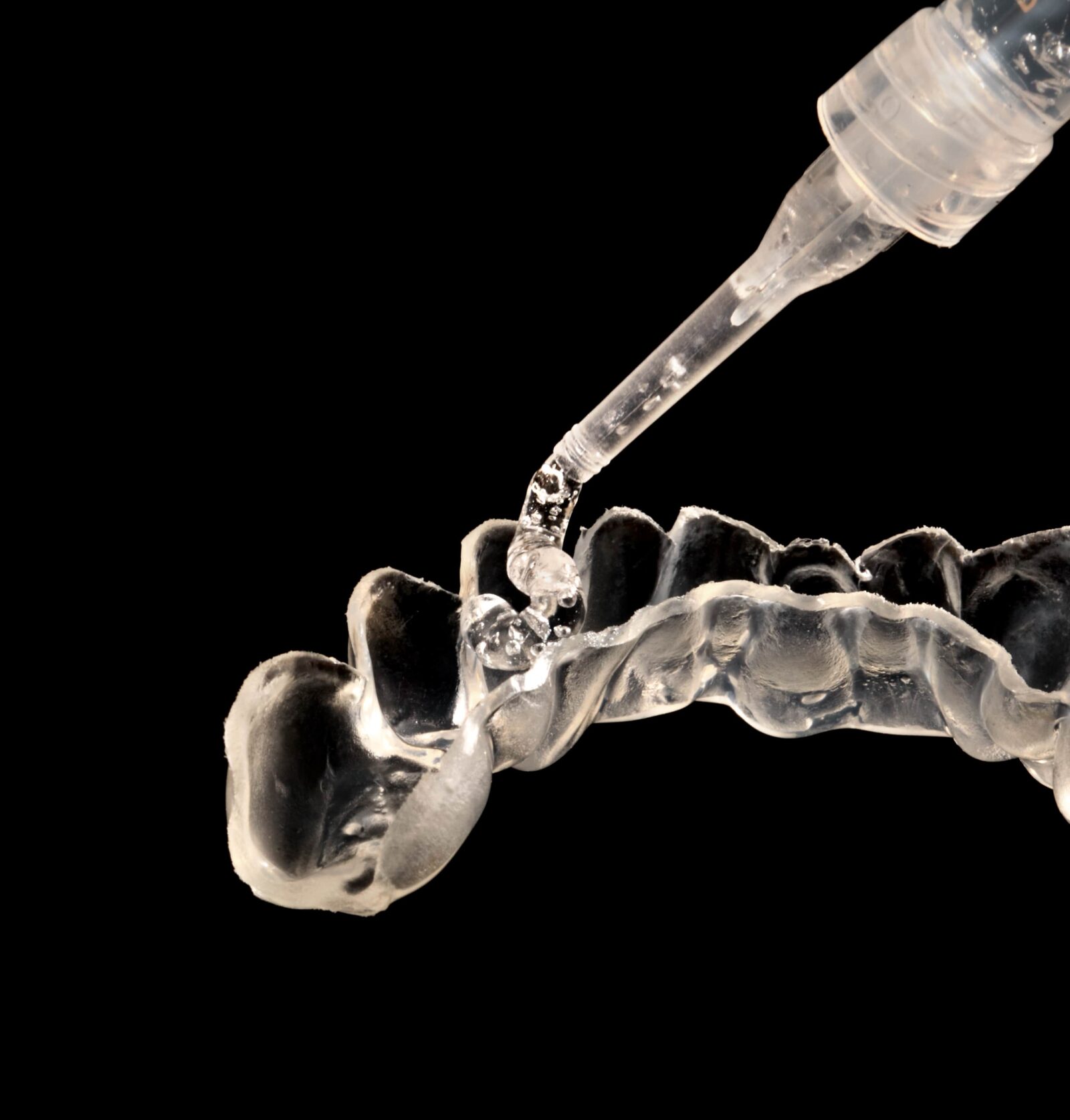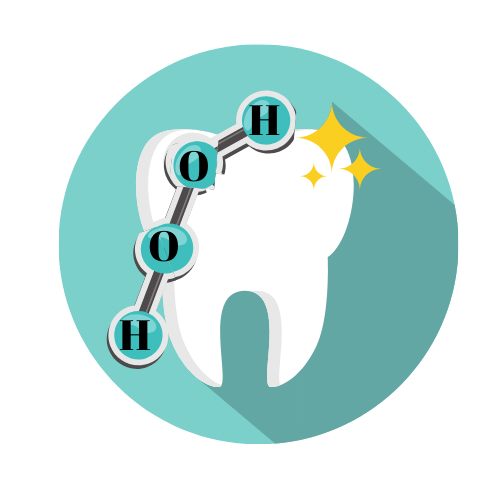Do you wish your teeth were a little bit brighter? Do you feel self-conscious about your smile because of the stains on your teeth? If so, you’re not alone. Teeth whitening is one of the most popular cosmetic procedures in the world. But if you’ve never had teeth whitening done, chances are you have a lot of questions. In this blog post, we will answer four of the most commonly asked questions about teeth whitening. By the end, you’ll have a better understanding of what teeth whitening is, how it works, and what to expect from the procedure.
#1 What is teeth whitening and how is it performed?
Teeth whitening is a cosmetic procedure that is used to remove stains and discoloration from the teeth. It works by using bleaching products, which contain chemicals that break down the stains on the teeth. There are two ways that bleaching can be performed: in-office bleaching and at-home bleaching.

In-office bleaching is done by a dentist or dental technician in a dental office. First, a rubber dam or protective gel is placed on the gums to protect them from the bleaching agent. Then, the bleaching agent is applied to the teeth and left on for a short period of time before being rinsed off. In-office bleaching is usually done over the course of one or two visits, and it can provide dramatic results.
At-home bleaching is a less expensive option that can be done in the comfort of your own home. There are many at-home bleaching kits available for purchase, and they typically come with a bleaching gel and mouth tray. The gel is placed in the mouth tray, which is then inserted into the mouth. The gel is left on the teeth for a short period of time before being removed. At-home bleaching can take longer to produce results than in-office bleaching, but it is still an effective way to whiten teeth.
#2 What types of stains can be removed with teeth whitening?
There are two types of stains that can affect the overall color of your teeth: extrinsic and intrinsic.
Extrinsic stains are the type of stains that are located on the surface, or enamel layer, of the teeth. They are typically caused by smoking, drinking coffee or tea, or eating foods that can stain the teeth. Extrinsic stains can usually be removed with at-home bleaching kits or in-office bleaching procedures.
Intrinsic stains are the type of stains that are located below the enamel layer of the teeth, within the dentin layer. They can be caused by certain medications, such as tetracycline, or by trauma to the teeth. Intrinsic stains are more difficult to remove than extrinsic stains and may require multiple bleaching treatments. Not all intrinsic stains may respond to whitening treatments as well as extrinsic stains.
It is also important to note that teeth whitening procedures are only effective on natural teeth and do not work on dental restorations such as fillings, veneers, or crowns. For this reason, many people opt to have their teeth whitened before having these restorations placed.
#3 Is teeth whitening safe?

Teeth whitening is a safe procedure when it is performed by a qualified dentist or dental technician. When performed as an at-home treatment, there can be some potential side effects, such as tooth sensitivity and gum irritation, but these are usually temporary and go away after the bleaching treatment is complete. The risk of side effects decreases with in-office treatments since your dentist applies the whitening product.
The whitener used to bleach the teeth is made up from either hydrogen or carbamide peroxide. Both of these compounds are designed to dissolve discolored molecules, then break down into water that can be safely absorbed by the body. Therefore, teeth whitening is considered to be a safe treatment.
#4 How long do the results from teeth whitening last?
The results from teeth whitening can last for several months to a year or two, but they will eventually start to fade as new stains accumulate on the teeth. The amount of time your results last will depend upon your lifestyle and oral hygiene habits. To maintain the results of your teeth whitening, you can have touch-up treatments or use at-home bleaching kits on a regular basis. You should also avoid smoking and drinking coffee or tea, as these can cause new stains to form on your teeth. Generally speaking, people who consume large amounts of tea, coffee, dark soda, wine, or other highly pigmented foods and beverages tend to have teeth that stain faster than those who don’t.
In Conclusion
In this blog post, we have answered four of the most commonly asked questions about teeth whitening. Now you should have a better understanding of what teeth whitening is and how it works. If you’re considering teeth whitening, we hope this blog post has answered some of your questions. If you have any other questions or would like to schedule an appointment, please contact our office. We would be happy to help you achieve the bright, white smile you’ve always wanted!
